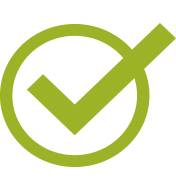AAD 0075. Introduction to Photoshop
Units: 3
Also known as PHOT 75
Advisory: Completion of AAD 70 with grade of "C" or better
Hours: 72 (36 lecture, 36 activity)
Introduction to the acquisition and computer enhancements of digital images for design and photography. Analysis and critique of images from initial concept to final project creation. Basic scanning, image adjustments, retouching, compositing, and file preparation for printing and other uses. (CSU, UC)
AAD 0075 - Introduction to Digital Imaging
http://catalog.sierracollege.edu/course-outlines/aad-0075/
AAD 0075 - Introduction to Digital Imaging
Applied Art and Design
http://catalog.sierracollege.edu/departments/applied-art-design/
Applied Art and Design is an academic discipline which focuses on the principles and practical applications of art, design, photography, computer graphics, imaging and animation. Study of the foundations of design, creative problem solving, portfolio development and internship experiences, all prepare students for transfer programs and career opportunities. Within the AA/AS degree or certificate options, students may concentrate in Graphic Design, Illustration, or Multimedia. Students who successfully complete the Applied Art and Design major can expect to find entry level employment in such areas as digital illustration, graphic design for print and internet, multimedia, animation, photographic retouching and pre-press operation.


